Villains aren’t exactly known for being the most altruistic people. Like any character, villains can have a wide variety of motivations for their actions. Anime villains, in particular, range anywhere from completely evil, to having shockingly good intentions. Of course, they tend to be controversial both inside and outside their anime.
Anime has no shortage of problematic villains. These villains tend to either have questionable values, or actions that are hard to justify. Many fans may even like these villains for their problematic nature. While these villains’ actions may be hard to reconcile, they always provide an entertaining experience for fans.
Updated on April 11, 2023 by Angelo Delos Trinos: Given anime’s bottomless potential for all kinds of expression, it goes without saying that the medium has a multitude of iconic villains. However, not all are immune to backlash or shifting societal values. What these controversial villains represent should be examined thoroughly, but they shouldn’t simply be erased from history. This list was updated to acknowledge more of these characters.
Sensitive topics are discussed below.
15 The Goblins
Goblin Slayer

In terms of how monstrous they were, Goblin Slayer‘s eponymous goblins were some of the purest villains ever seen in anime. The goblins only existed to pillage and burn. Most goblins did nothing more than kill people and assault women. The smarter ones fooled people just to kill them after preying on their sympathy.
Most viewers didn’t like how one-dimensional the goblins were, while more critical voices saw their lack of depth as a cheap excuse for the anime to indulge in explicit scenes. Some historical analyses even went as far as drawing uncomfortable parallels between the goblins and the way certain groups of people were historically demonized.
14 Sister Krone
The Promised Neverland

Sister Krone was a well-written tragic villain, but her appearance and depiction had some unfortunate implications. Whether The Promised Neverland intended it or not, Sister Krone looked like a racist stereotypical Black caricature. When contrasted with the other characters, Sister Krone’s exaggerated features, behavior, and actions stuck out.
Sister Krone was one of the more recent examples of anime’s questionable ways of depicting Black people. It’s worth noting that the borderline-nonsensical The Promised Neverland addressed this by significantly toning down Sister Krone’s wilder (and potentially more offensive) expressions and tics from the manga.
13 Kureo Mado
Tokyo Ghoul

Kureo Mado from Tokyo Ghoul may have only been present for the first season, but he left a lasting impression. Mado had little to no positive characteristics. He had nothing but hatred for Ghouls, and he dehumanized them whenever he could. All this stemmed from his wife’s murder at the hands of a Ghoul.
While Mado has a sympathetic reason for his hatred, he still can’t be easily forgiven. Not only did he enjoy killing Ghouls, but he also desecrated their corpses by stealing their Kagune. Mado was such a hateful and bitter man that even in his dying moments, Tokyo Ghoul viewers couldn’t help but rejoice.
12 Solf J. Kimblee
Fullmetal Alchemist: Brotherhood

Solf J. Kimblee from Fullmetal Alchemist: Brotherhood is a self-described sadist who committed many war crimes during the Ishval Civil War. He is calculating, well-dressed, and intelligent. All of this is used to hide his more unsavory views. In brief, Kimblee believed that human lives are expendable, including his own.
Though he may hide his more ruthless beliefs and tendencies under his natural charisma and wit, there was no denying that his worldview was inhuman and evil. Given Fullmetal Alchemist’s parallels to some of the worst chapters and monsters of human history, Kimblee’s villainy may feel a bit too familiar to some viewers.
11 Muzan Kibutsuji
Demon Slayer

Muzan Kibutsuji is the progenitor of all Demons in Demon Slayer. After an experiment gone wrong, he was turned into a near-immortal Demon. With this newfound power, Muzan set out to achieve complete and true immortality. To accomplish his selfish ends, Muzan brutalized and killed humans and demons alike.
Muzan didn’t value life at all. He only focused on his goal, uncaring of the carnage he left in his wake. Given Demon Slayer’s shonen roots, Muzan’s lack of redeeming qualities and total evil took some viewers aback. Some fans loved how evil Muzan was and couldn’t wait for his next atrocity, while others wanted someone more palatable.
10 Akito Sohma
Fruits Basket

Akito Sohma from Fruits Basket is an interesting villain. As the God of the Zodiacs, she was essentially given ultimate power and control over the entire Sohma family. With this authority, she often played mind games with her family. She was also physically abusive to those younger and weaker than her.
However, Fruits Basket explained this by revealing that Akito suffered similar abuse before. She was raised and socialized as a man, lost her father at a young age, and was hated by her mother. Akito’s backstory made her more sympathetic, but some viewers refused to forgive her perpetuation of generational trauma.
9 Fyodor Dostoevsky
Bungou Stray Dogs

Fyodor Dostoevsky from Bungou Stray Dogs is cold, mysterious, and sadistic. His motives are a mystery, and he only talked about “God’s will” and the sins of man. As the leader of the Rats in the House of the Dead, Fyodor doesn’t care if those in his organization die. He has even sent in children to die for his cause.
With these in mind, it goes without saying that Fyodor is incredibly threatening to his enemies, especially those at the Armed Detective Agency. Even by the standards of Bungou Stray Dogs‘ underworld, Fyodor was too extreme and monstrous. Some viewers appreciated Fyodor’s unapologetic evil, while others couldn’t stomach his atrocities.
8 Overhaul
My Hero Academia

As a member of a dying Yakuza clan, the Shie Hassaikai, Overhaul sought any means for it to reclaim its old power. Overhaul’s bright idea was to physically and emotionally torture the powerful six-year-old Eri for profit and power. Overhaul did this against his leaders’ orders, and all but doomed his clan in the process.
My Hero Academiadoesn’t shy away from its villains’ cruelties and monstrosities, but even Overhaul felt like a bridge too far for both the anime’s characters and fans. The fact that he stooped to child abuse to achieve his goals made his eventual defeat at both the anime’s major heroes’ and villains’ hands all the more satisfying.
7 Dahlia Carpenter
Carole and Tuesday

The amazing musical anime Carole and Tuesday was praised for its LGBTQ+representation, which is why Dahlia Carpenter felt so misplaced. Dahlia was Angela Carpenter’s domineering manager and parent. They were also a trans woman. The controversy arose from how the anime seemingly conflated Dahlia’s identity with their villainy.
Besides resorting to negative stereotypes about trans people, the anime also seemingly implied that Dahlia’s cruelty was a side effect of their gender affirmation surgeries and medication. The fact that Carole and Tuesday went out of its way to demonize Dahlia made their last-minute redemption jarring and unearned.
6 General Blue
Dragon Ball

For whatever reason, Goku had a habit of fighting Nazi-styled villains in Dragon Ball‘s early days. The only villain more controversial than the transparent Adolf Hitler caricature only referred to as “The Dictator” was General Blue. The Dictator was a spoof of a real-life monster, but General Blue was a homophobic stereotype.
Aside from being effeminate, General Blue was heavily implied to be a child predator. This vile trait was made specifically for the anime and was played as a joke. The detrimentally popular Dragon Balldubs and General Blue’s later appearances excised any mention of pedophilia and treated him more respectfully.
5 Herman Von Diett
Lupin III: The Pursuit of Harimao’s Treasure

Given Lupin III’s age, it’s expected that not all of its characters live up to modern standards. That being said, Herman von Diett from the movie The Pursuit of Harimao’s Treasure was one of the most offensive. Herman was a Neo-Nazi and a homophobic caricature. Worse, his name was a clear pun on a slur used for intersex people.
When Herman wasn’t indulging in the usual Nazi stereotypes, he made both the heroes and his subordinates uncomfortable in “comedic” scenes made at LGBTQ+ people’s expense. Herman was so controversial that Discotek Media added a disclaimer and an essay about homophobia in the movie’s Blu-Ray release in 2020.
4 Princess Malty S. Melromarc
The Rising of the Shield Hero

The Rising of the Shield Hero is one of the most controversial modern isekai anime, and it owes most of its reputation to Princess Malty S. Melromarc. Ostensibly, Malty was the anime’s unscrupulous femme fatale. But upon closer examination, Malty was more of an unflattering caricature of women than a fleshed-out villain.
Malty’s favorite scheme was to seduce men, rob them, then frame them for assault. This played into the misogynistic notion that women who called out their abusers were liars. The fact that Malty’s evils were contrasted to the “goodness” of Naofumi Iwatani’s submissive female companions only worsened the anime’s criticisms.
3 Embryo
Cross Ange: Rondo of Angels and Dragons

Cross Ange was an ecchi anime about a literal battle of the sexes, so it made some sense that its villain would be a creepy misogynist. Embryo fit the bill, and his cruelty manifested in assault and humiliation. However, his atrocities were directed for the viewers’ pleasure. This, unsurprisingly, sparked controversy.
Embryo’s vile deeds being filmed with fanservice in mind weren’t the anime’s only sleazy moments, but they were the most tasteless. His effeminate fashion and mannerisms added an uncomfortable homophobic subtext as well. The so-bad-it’s-good Cross Angehas many issues, and Embryo embodied most of them.
2 Humbert Zizek & Raios Antinous
Sword Art Online: Alicization

Assault is a disturbingly consistent form of villainy in Sword Art Online, and Alicization pushed this to its breaking point. Humbert and Raios were never meant to be liked, but they went too far when they assaulted Ronye and Tiese to mess with Kirito and Eugeo. The scene was bafflingly played out for fanservice’s sake.
Even if they were ultimately humiliated by the heroes, Humbert and Raios soured their anime beyond repair. To creator Reki Kawahara’s credit, he apologized for relying too much on assault as a plot device. After Humbert and Raios were dealt with, the infamous Sword Art Online noticeably toned down its depictions of assault.
1 Light Yagami
Death Note

Light Yagami from Death Note genuinely believes that his use of the Death Note to kill criminals was part of a righteous mission. However, it was clear that his noble goals were secondary to the thrill of the kill. Light didn’t care about people’s lives or justice; he just wanted to be a vindictive god.
What made Light controversial was that Death Note seemingly went out of its way to make him too sympathetic. The anime noticeably toned down Light’s vanity, and often gave him a free pass. This led some Death Note viewers to think that Light was right all this time, inspiring them to emulate his immature and dangerous worldview.

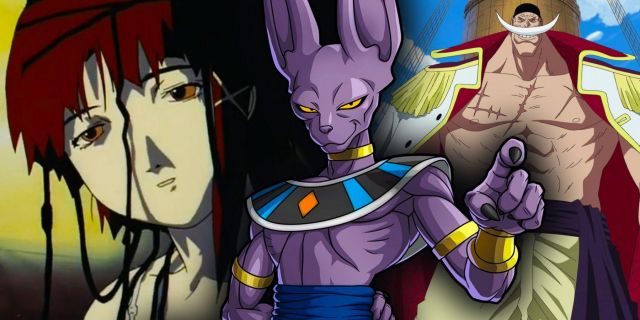


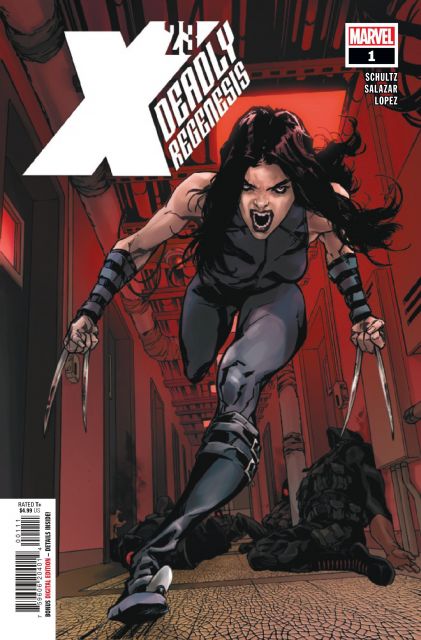
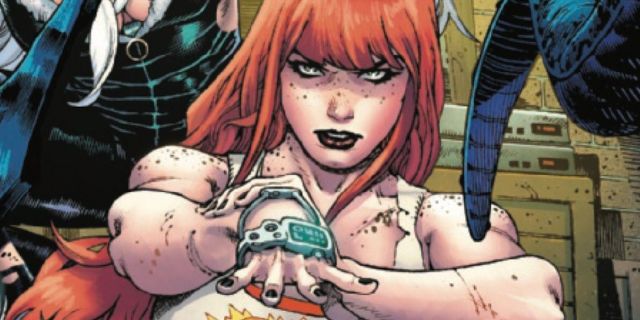
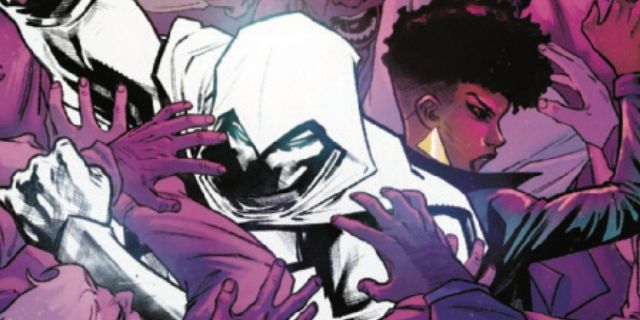


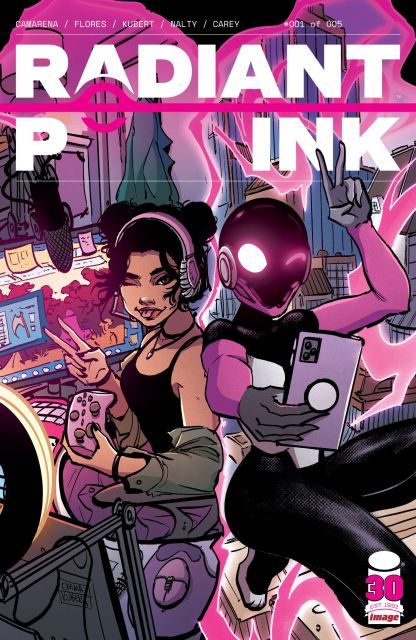





Leave a Reply